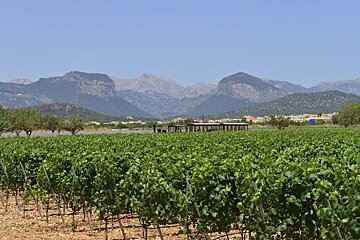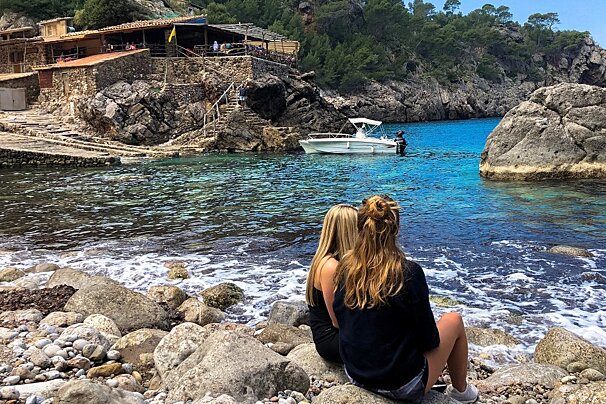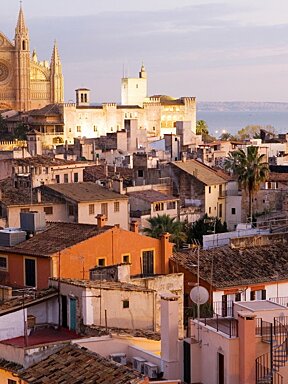History of local wine
Wine making has been part of Mallorca’s culture dating right back to Roman classical times. The wine industry prospered from the 14th century right up until the end of the 19th century. Its sweet 'Malvasia' wine, similar to Madeira wine was particularly famous and heavily exported to England, the Netherlands and Germany.
The Phylloxera plague
In the mid 19th century, the plague Phylloxera (an insect originally from America) hit mainland Europe killing thousands of vines. At first, it avoided the island, allowing Mallorcan wine merchants to do very well for themselves in their exports. This prosperity was short-lived because, in 1891, only around 20 years after the Phylloxera got to the continent, the island's vines were attacked destroying most them.
Luckily, that's not the end of the story. Following the plague, the wine industry was wiped out and much of the agricultural land was replanted with almond trees. A small number of vines were re-introduced but only enough for local consumption. During the 20th century, the wines produced on the island lacked finesse and a great deal of the wine consumed in Mallorca was imported from mainland Spain.
The 1990s revolution
The 1990s saw a revolution in Mallorcan wine as more and more local winemakers could see the potential of investing in their businesses to improve its quality. This included measures such as better planting of popular grape varieties (like Merlot, Cabernet Sauvignon, Syrah, Chardonnay and Viognier), the use of stainless steel tanks and equipment, good irrigation systems and greater use of French and American oak barrels. This was a turning point in Mallorcan wine resulting in a drastic improvement in the quality of red, white and rosé wines. All three started to sell at very competitive prices when compared to Rioja or Ribera del Duero from the mainland.
The arrival of the 'Denominació d'Origen'
Vine-growers throughout the island have continued their quest for excellence and, in 2007, a quality standard was introduced by the Balearic Councillor for Agriculture and Fisheries, which can only be used by wines grown, produced and bottled in Mallorca. Similar to the French AOC designation, the ‘Denominació d'Origen’ classification ensures the quality of Mallorcan wines. Whilst the quality of the wines has improved enormously, you will still find it almost impossible to buy Mallorcan wine in the rest of Europe, so wine lovers should make the most of Mallorca’s wine on a visit to the island.






































